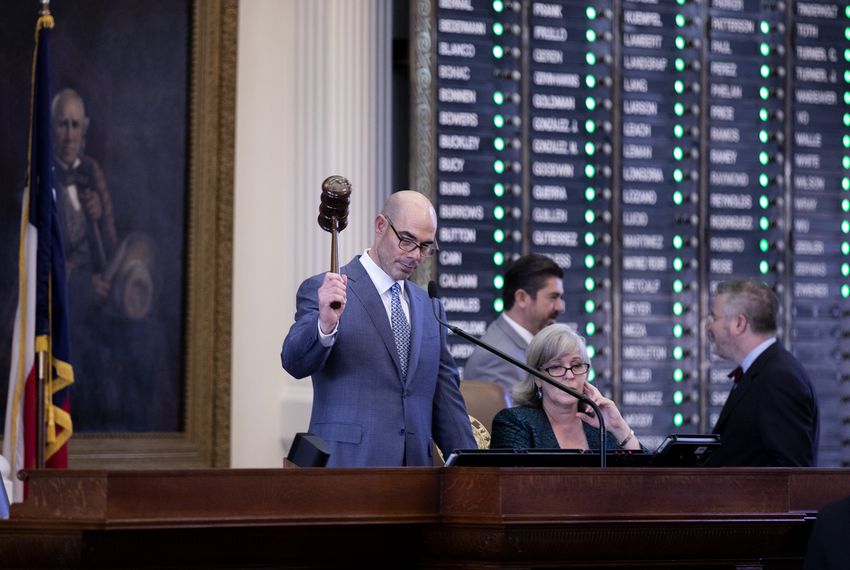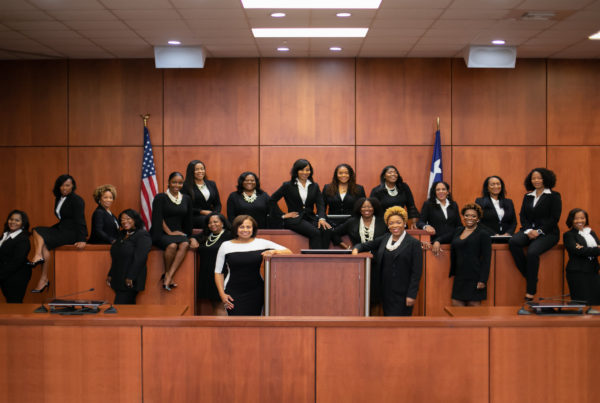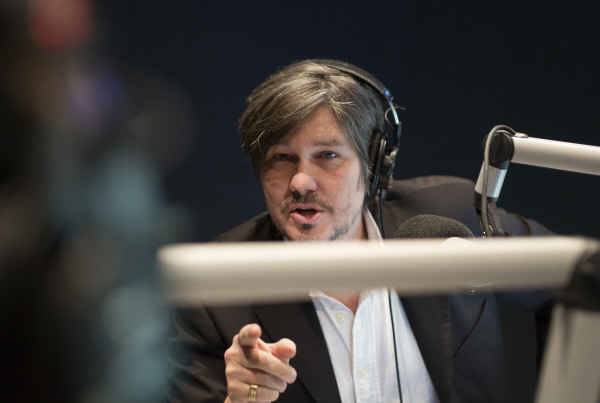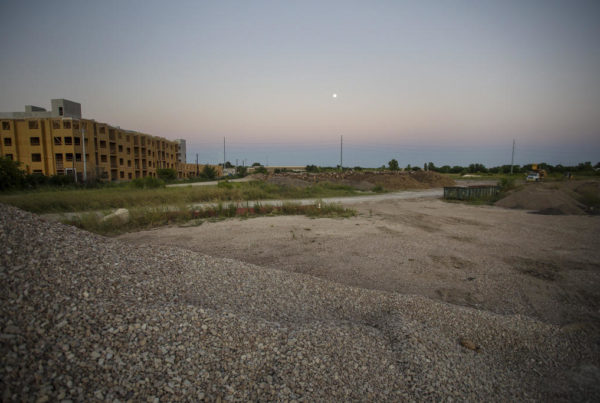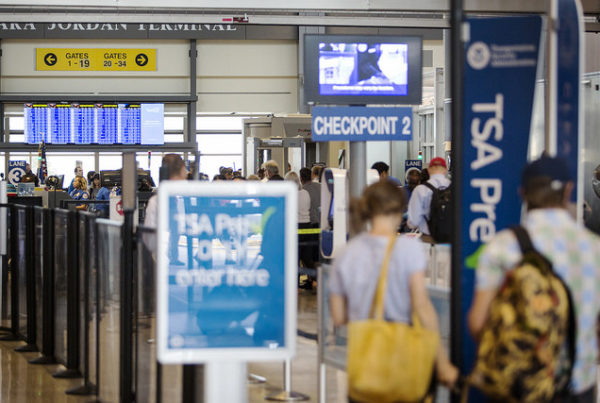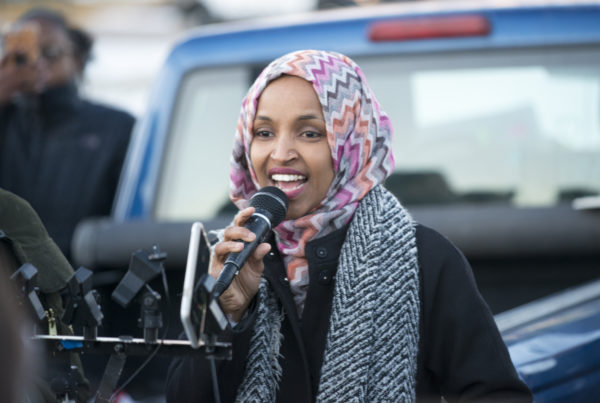Almost everyone at the Texas Capitol agrees the state should spend more money on public schools, but for House and Senate leaders, how much is enough? On Tuesday, that became a $3 billion question.
A day after the Texas House unveiled a proposal to pump more than $7 billion in new state funds into public schools, the Texas Senate answered with a budget that would boost the state’s share of public education spending by about $4.3 billion compared with the previous two-year budget cycle.
The two chambers made differing suggestions about how to pay for those reforms, with the Senate favoring a big withdrawal from the state savings account to pay for leftover bills from last session, while the House recommended more modest spending from the state savings account for future expenses.
The rival proposals offer a starting point for debate between the two chambers, whose leadership has agreed on a pair of top priorities for 2019: public school funding and property tax relief.
The Senate’s budget offers up $3.7 billion for teacher pay raises, enough for Texas school districts to pay every full-time teacher an additional $5,000 per year. It also includes $2.3 billion to pay for property tax relief, if lawmakers agree to pass reforms that decrease the need for the unpopular “Robin Hood” system, which requires property-wealthy school districts to subsidize poorer ones. In Texas, state funding supplements local property taxes to pay for the majority of public school costs.
After accounting for increased property tax collections, that $6 billion comes out to about a $4.3 billion boost toward public education in 2020 and 2021, compared with the 2018-2019 cycle.
“Our commitment to fiscal responsibility is paying major dividends, affording us an opportunity to secure the Texas miracle for generations to come,” state Sen. Jane Nelson, a Flower Mound Republican and the senate’s chief budget writer, said in a statement. “This budget makes targeted investments in education, including a well-deserved pay raise for Texas teachers, and continues our work on transportation, mental health and other key priorities.”
The House budget, by contrast, offered up a whopping $9 billion in state revenue as an incentive for lawmakers to pass unspecified school finance reforms, which must in part “be used to provide property tax relief” but could also boost funds for early childhood education, special education and teacher pay. After accounting for property tax growth, the House budget would increase state funds for public education by about $7.1 billion compared with the 2018-2019 cycle.
House Speaker Dennis Bonnen “has made it explicitly clear that the House’s top priority is to accomplish meaningful school finance reform this session,” spokeswoman Cait Meisenheimer said in a written statement Monday. “He looks forward to working with lawmakers to increase the state’s share of funding for public education and alleviate a growing property tax burden, while ensuring the Legislature remains a responsible steward of taxpayer dollars.”
The Senate budget would spend about about $243 billion overall over two years. That’s about $4 billion less than the $247 billion House budget allocated. Bonnen, Lt. Gov. Dan Patrick and their lieutenants in the respective chambers will spend the coming months debating how to reconcile those differences. The end result will be the two-year budget for 2020 and 2021, which is the only item lawmakers are required to pass before the legislative session concludes in May.
The Senate’s 2020-2021 budget would not withdraw any money out of the state’s savings account, the Economic Stabilization Fund. That represents a clear fault line with the House proposal, which recommended taking $633 million out of the state savings account.
Instead, Nelson proposed withdrawing $2.5 billion from the savings account, also known as the rainy day fund, to pay for leftover expenses from last session. The withdrawal would pay for the majority of a “supplemental” budget to cover expenses not funded by lawmakers in 2015, including a $2.1 billion Medicaid shortfall and about $1 billion for Hurricane Harvey recovery.
Last session, lawmakers passed a roughly $1 billion supplemental budget, mostly to cover unfunded Medicaid costs. That did not require lawmakers to dip into the state savings account, but the chambers ultimately agreed to use $1 billion from the savings account toward the final two-year budget that session.
The state is forecasted to bring in about 8.1 percent more funding from taxes over the next two years. Both chambers appeared to prioritize most of those funds for public education spending and slowing the growth of property taxes over other government programs, such as health care, which saw more modest funding increases.
Neither chamber proposed fully funding Medicaid, the federal-state health insurance program for the poor and disabled, with the federal government footing a larger portion of the program’s bill in 2020 and 2021. Both the House and Senate opted not to pay for projected increases in the program’s costs due to inflation, meaning the Legislature will be all but guaranteed to have to plug those holes in a later, supplemental budget.
The two chambers were closely aligned on health and human services spending, with each proposing a 1.5 percent spending increase compared with last session — that is, after counting federal funds. The state’s share of health and human services spending would actually decrease by about 3.2 percent under both chambers’ proposals.
“The big area is public education, because they’re pretty similar on almost everything else,” said Eva DeLuna Castro, a budget analyst with the left-leaning Center for Public Policy Priorities. “They’re both not directly cutting health care, they’re just not paying for it right now. They’re both punting on that.”
The gap between the House and Senate base budgets, though significant, is far smaller than it was when lawmakers kicked off their budget haggling last session. The dueling proposals offered by Nelson and then-House Speaker Joe Straus in 2017 were $8 billion apart, setting the scene for bitter budget negotiations that ended with a stalemate over proposed school finance and property tax reforms.


